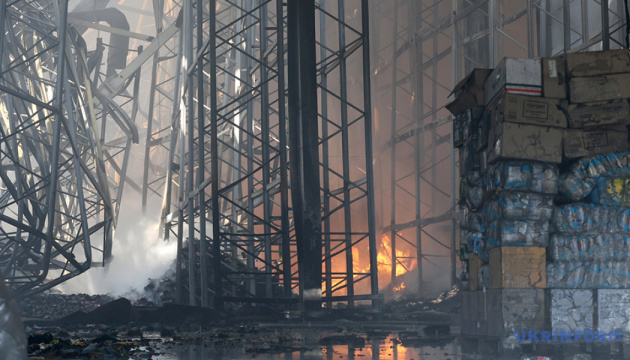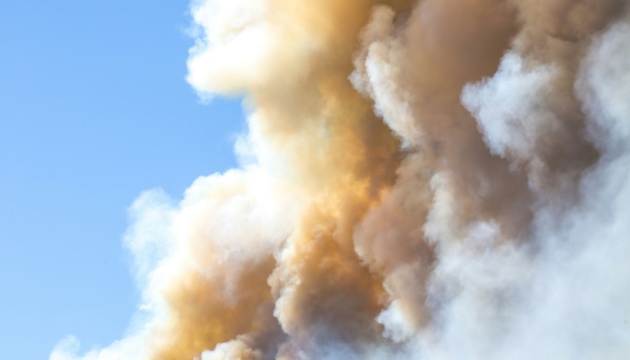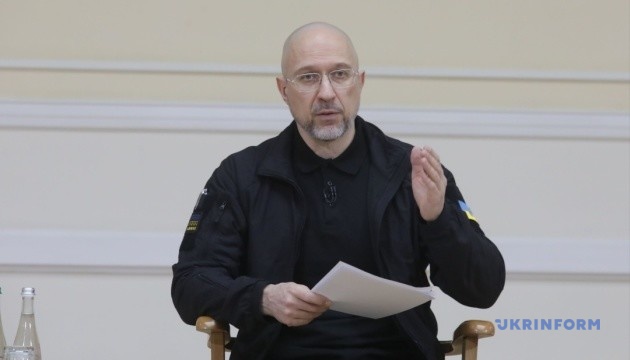Combined Russian attack on Kyiv: casualties rise to 88, eight dead
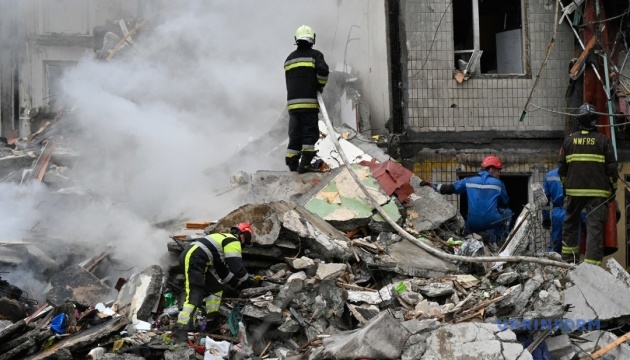


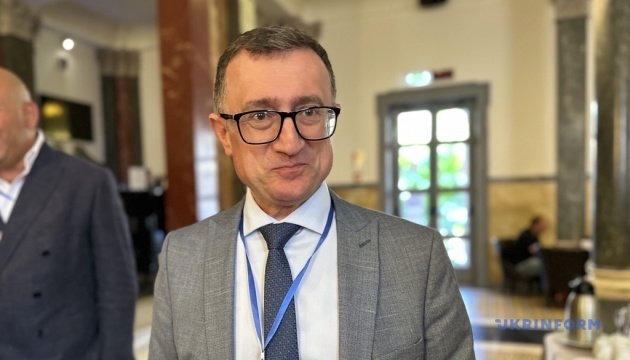



The Penza drone attack hit deep inside Russia overnight on 31 July, igniting a major fire at a factory that produces equipment for the Russian military. Regional authorities confirmed a large fire at the plant after residents posted videos of drones flying low over the city. The factory is more than 600 km from Ukraine.
Telegram channels reported that in the early hours of 31 July, Ukrainian long-range strike drones flew over Penza and attacked an industrial site. Local residents filmed the drones passing over houses, followed by several explosions and a fire in the industrial zone. Mobile internet was shut down during the air alert.
Penza Oblast governor Oleg Melnichenko admitted in the morning that a drone attack caused a fire at one of the industrial facilities.
“There are no casualties and no destruction. There is a fire on the territory of the enterprise, which is now being eliminated,” he wrote.
The Center for Countering Disinformation of the National Security and Defense Council of Ukraine identified the target as the Radioworks factory in Penza, an important enterprise of the Russian military-industrial complex.
Melnichenko wrote that the fire began after an overnight drone attack and that damage control continued in the morning. Social media videos posted from Penza show columns of smoke rising above the factory buildings and the sound of explosions in the distance.
In its daily report, the Russian Ministry of Defense claimed that its forces allegedly shot down 32 drones in five Russian oblasts and in Russian-occupied Crimea during the night. The ministry did not list Penza Oblast among those locations.
As of the morning, local officials reported that firefighting operations continued at the industrial site. No casualties have been confirmed. The strike reached deep into Russian territory, underlining the range of Ukrainian drone operations.
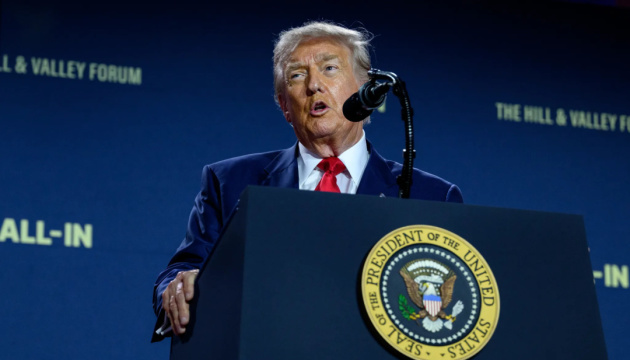

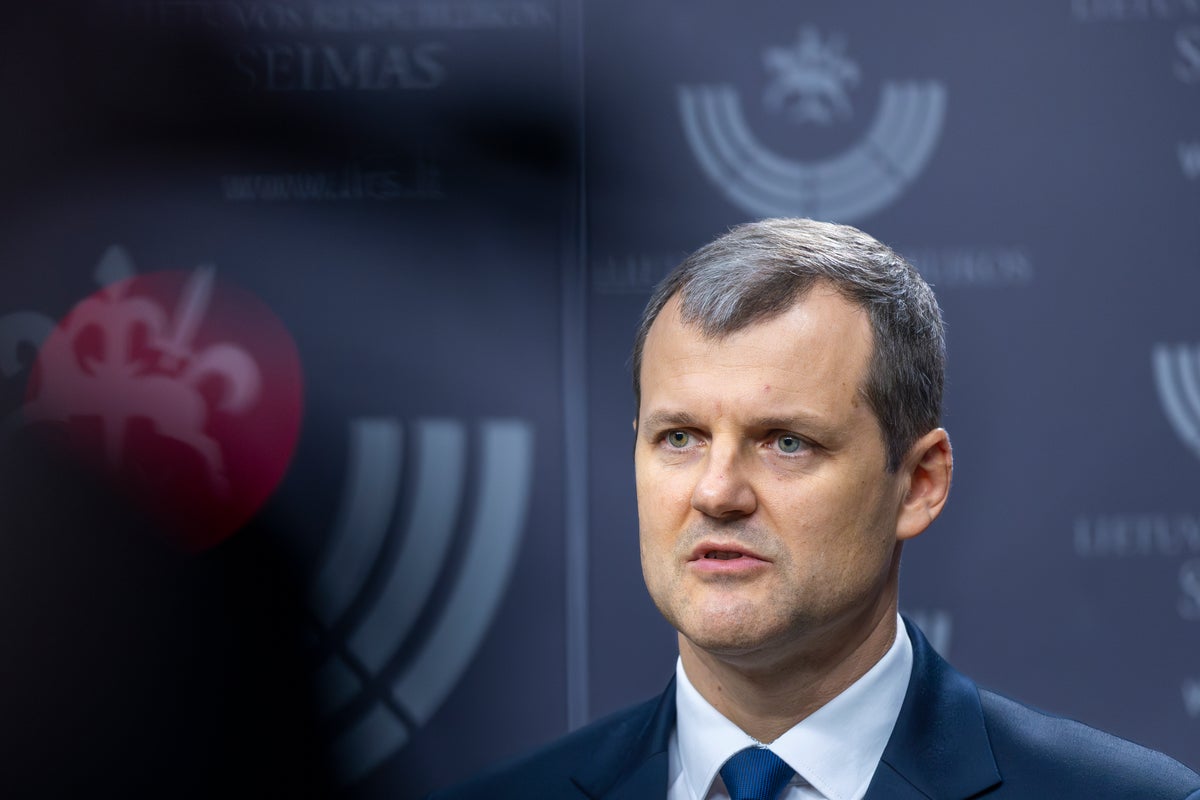

© Copyright 2024 The Associated Press. All rights reserved
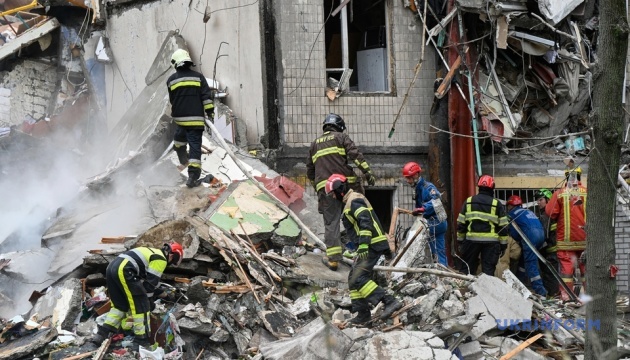

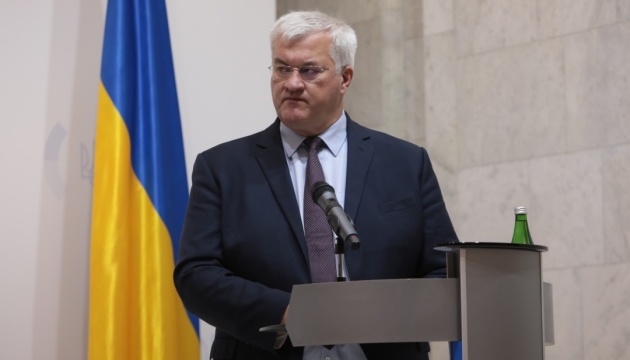


Ukrainian authorities say a Russian drone and missile attack on Ukraine’s capital, Kyiv, killed a number of people, including a 6-year-old boy, and wounded dozens of others. A large part of a nine-story residential building collapsed after it was struck.

© Copyright 2025 The Associated Press. All rights reserved
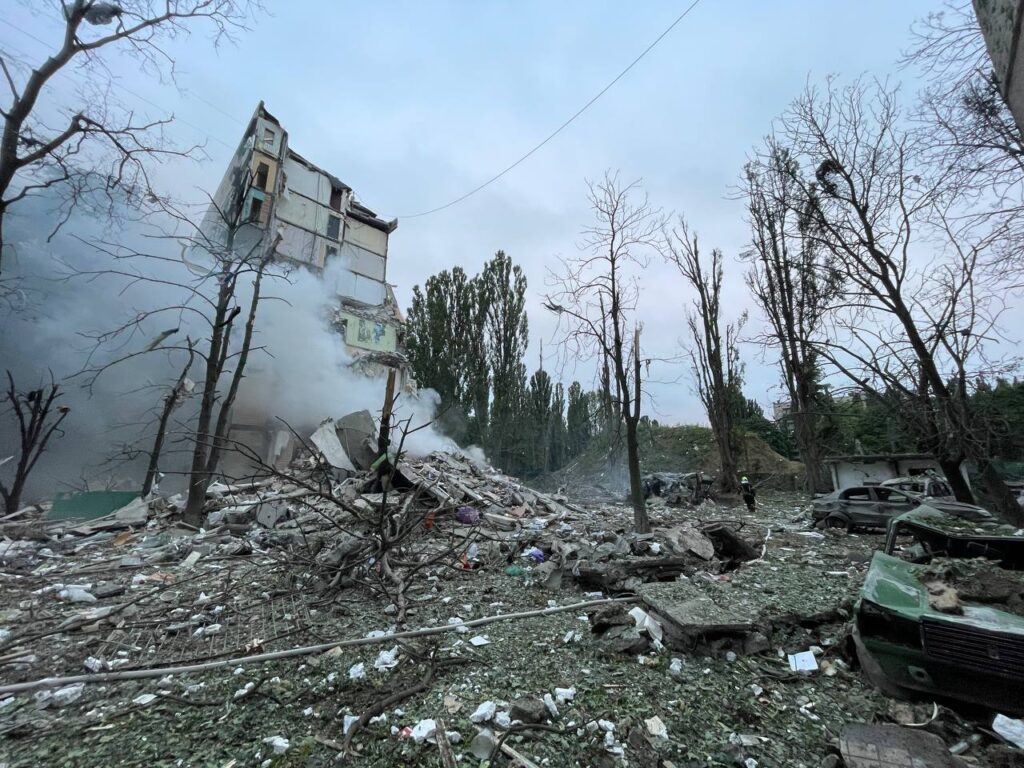

Russian missiles and drones ripped through Kyiv overnight on 31 July, collapsing apartment buildings and setting fires in several districts of the city. The attack killed at least six civilians and injured 52. The strikes caused destruction in Sviatoshynskyi, Solomianskyi, Holosiivskyi and Shevchenkivskyi districts and were described by city officials as one of the heaviest attacks on the capital in weeks. Ukraine shot down most of 300 explosive drones, but five of eight ballistic missiles reached the city, hitting apartment buildings.
Kyiv mayor Vitalii Klitschko reported that the strikes destroyed homes and killed six civilians. Russians killed four people in Kyiv’s Sviatoshynskyi district when a Russian missile struck an apartment building, collapsing its entire section. Klitschko called the damage in Sviatoshynskyi horrific. Two more people died in Solomianskyi district where a missile hit another residential building.
In the morning, Ukraine’s President Volodymyr Zelenskyy shared a video showing the ruined section of a high-rise in Sviatoshynskyi district, captioned:
“Kyiv. Rocket strike. Direct hit on a residential building. People under the rubble. All services are on site. Russians are terrorists.”
Head of the Kyiv Military Administration Tymur Tkachenko said 52 civilians needed medical help after the strikes, and medics hospitalized 30 of them. Two civilians were rescued alive from under the rubble.
Interior minister Ihor Klymenko reported that one of the rescued was a man, blocked under the rubble of a collapsed apartment section. He fell from the second floor to the first and got trapped by debris, so emergency workers broke a hole through a neighboring wall and used a tunnel to reach him safely. The emergency workers kept voice contact with him for three hours during the entire operation.
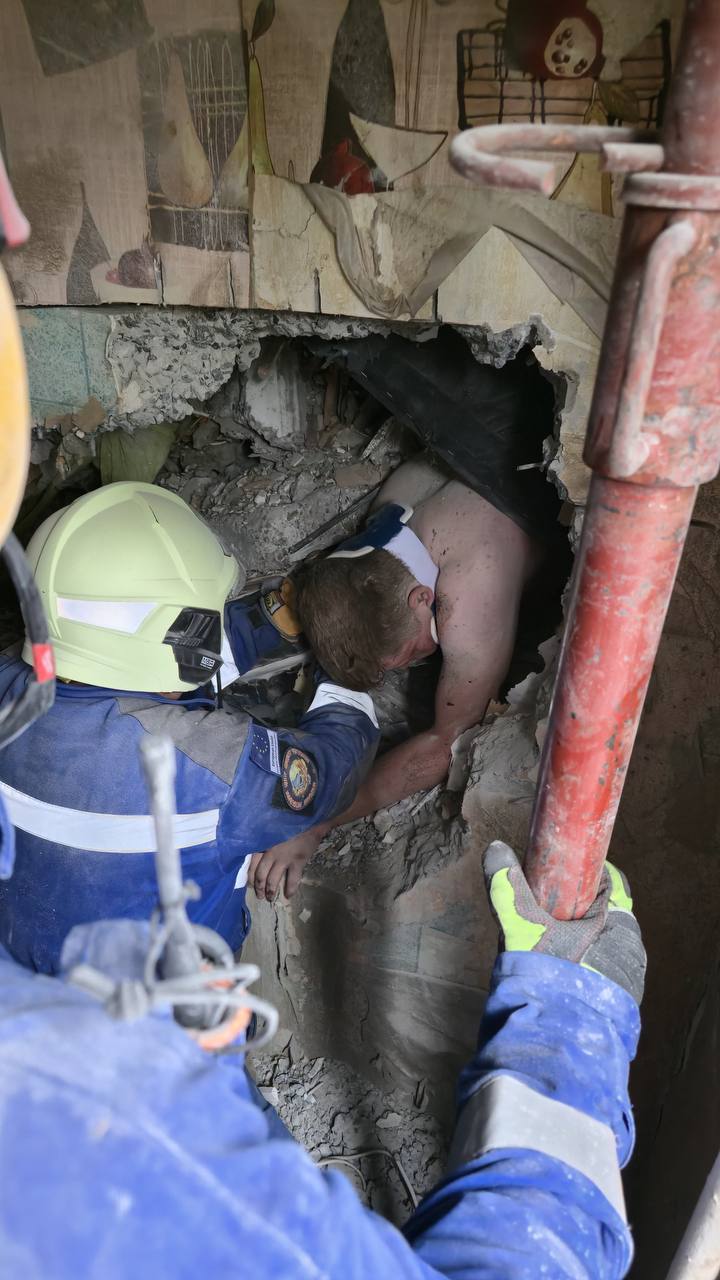
Among the injured are three police officers who were driving to a call. Nine children were among the injured.
“This is the largest number of injured children in one night in Kyiv since the start of the full-scale war,” Klitchko says
Klymenko told Suspilne that doctors tried to save the six-year-old boy but could not.
“The boy was rescued, doctors fought for his life, but sadly they could not save him.”
In Holosiivskyi district a missile damaged a school and a kindergarten and caused fires. In Shevchenkivskyi district the blast wave blew out windows in a children’s medical ward and burned parked cars.
Tkachenko and Klymenko warned that rescuers continue to search the rubble and that the number of victims will grow. The city opened assistance points for those who lost their homes and promised payments to cover temporary rent and support.
Air raid sirens began around 23:00 on 30 July and Suspilne reported explosions soon after. Another siren sounded at 04:29 on 31 July warning of missiles, followed by more explosions across the city. The Kyiv Military Administration said that missiles and drones were used in the attack.
The Prosecutor’s Office opened a pre-trial investigation under article 438 of the Criminal Code of Ukraine, treating the strike as a war crime because of the civilian deaths.
Ukraine’s Air Force said that from 18:00 on 30 July until the morning of 31 July Russians launched 317 aerial weapons: 309 Shahed one-way attack drones and decoy drones from Russian territory, and 8 Iskander-K cruise missiles. Air defenses destroyed or suppressed 291 targets: 288 drones and 3 missiles.
Despite this, five missiles, including one that hit an apartment building in Kyiv, and 21 drones struck 12 locations, while debris from intercepted targets fell in 19 places, almost all in the Ukrainian capital. The main target of the assault was Kyiv.
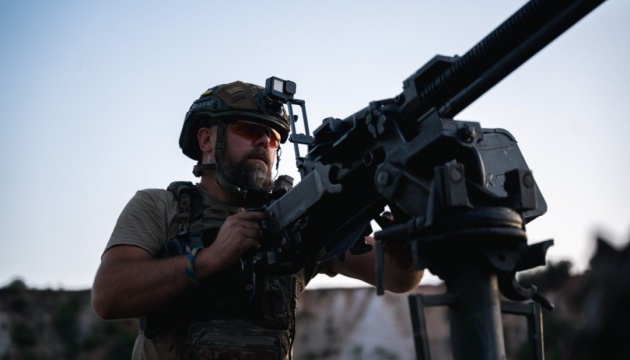

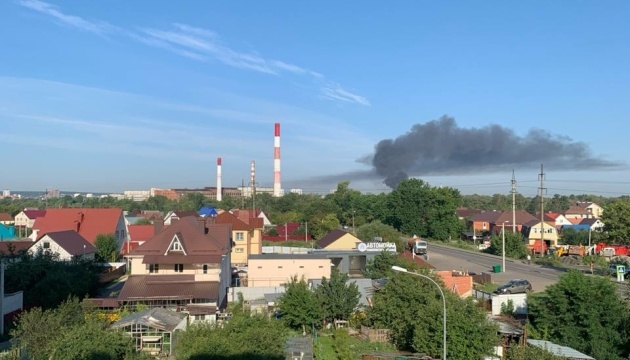

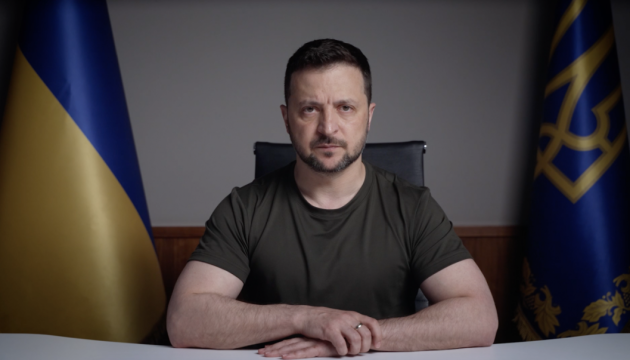

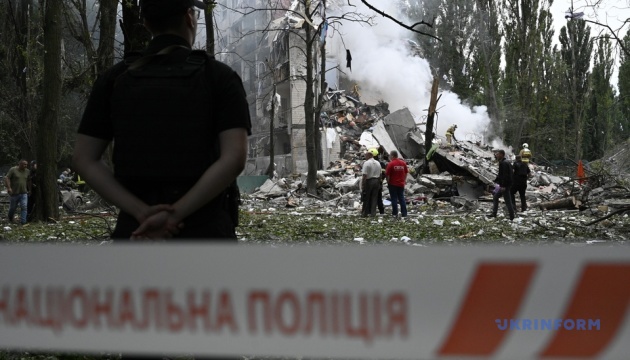

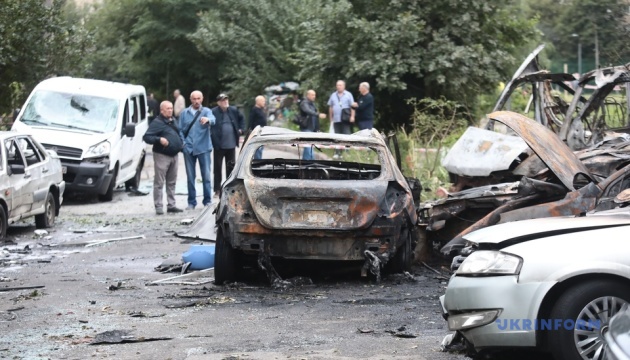

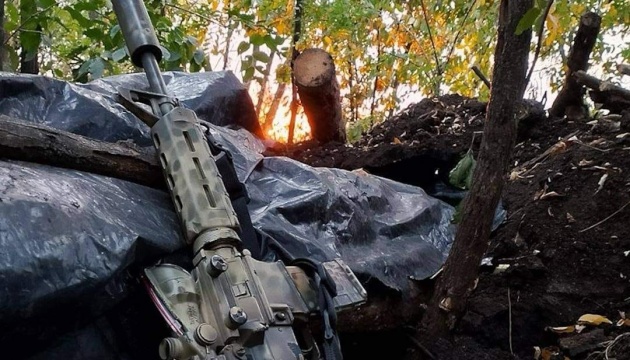



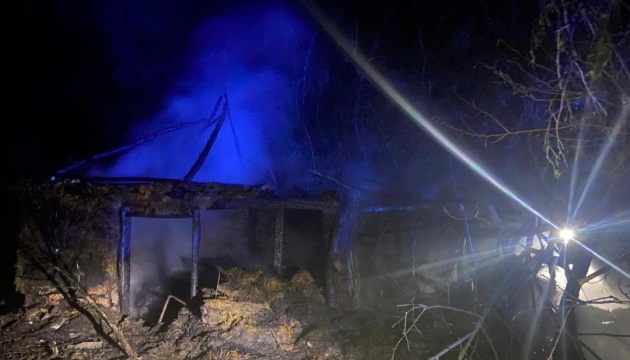



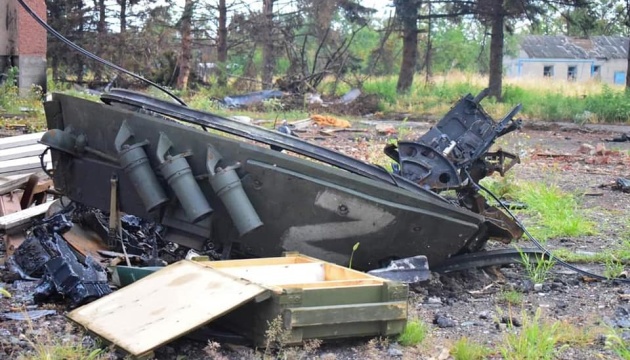

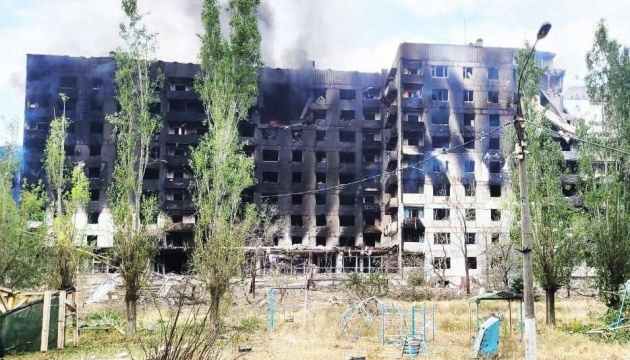

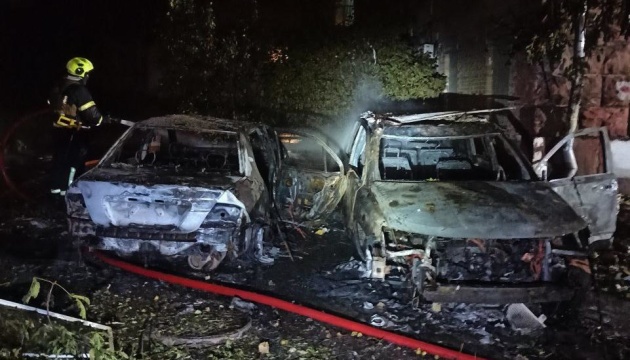

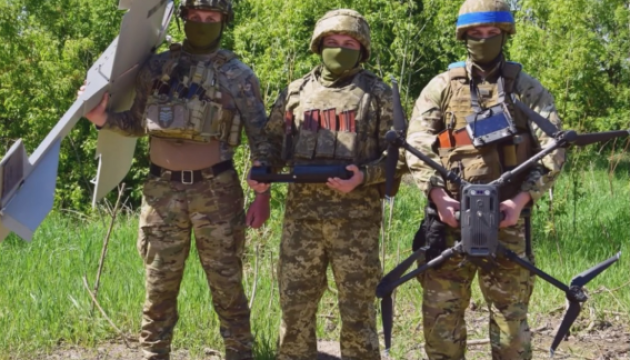



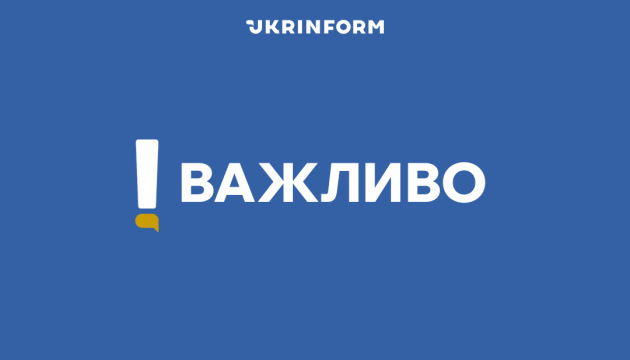

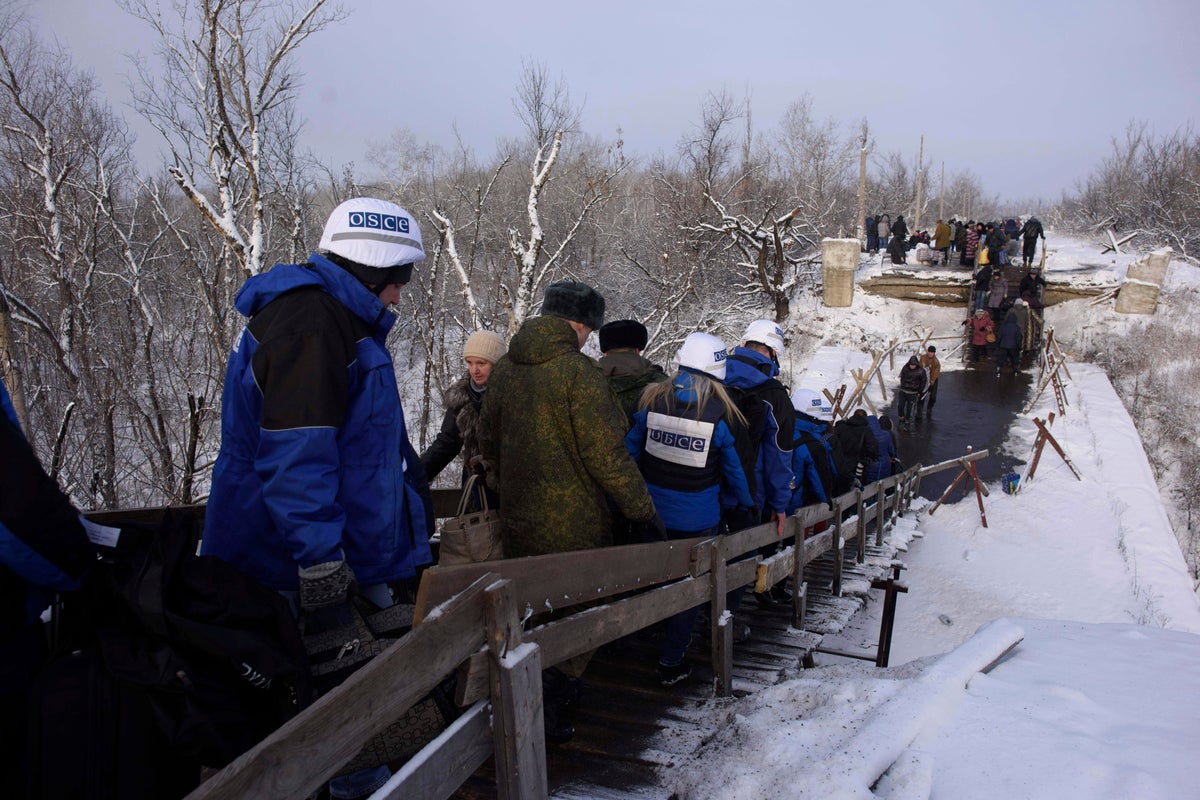

© Copyright 2025 The Associated Press. All rights reserved

Teams are actively exploring methods to neutralise Elon Musk's Starlink satellite constellation

© Getty Images
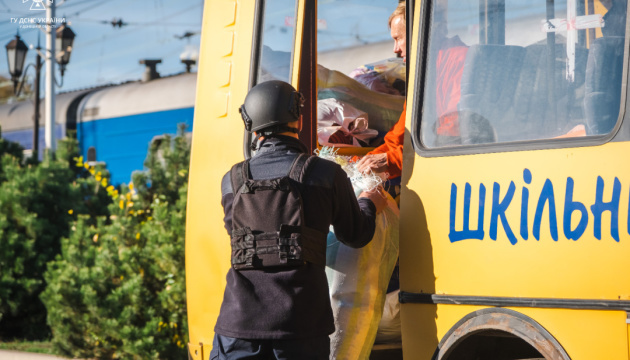

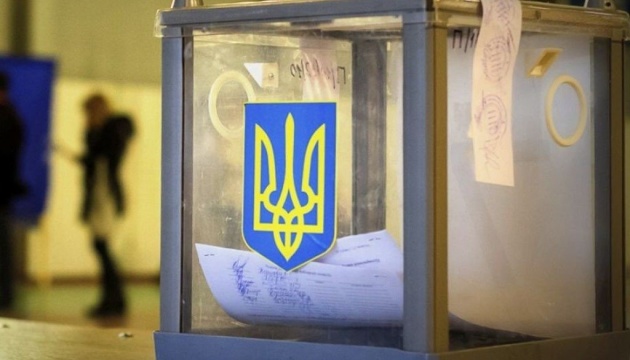

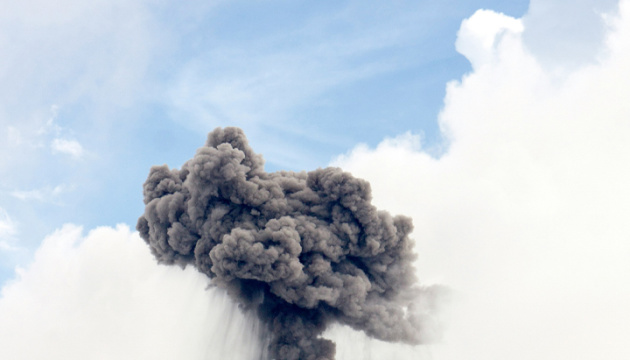

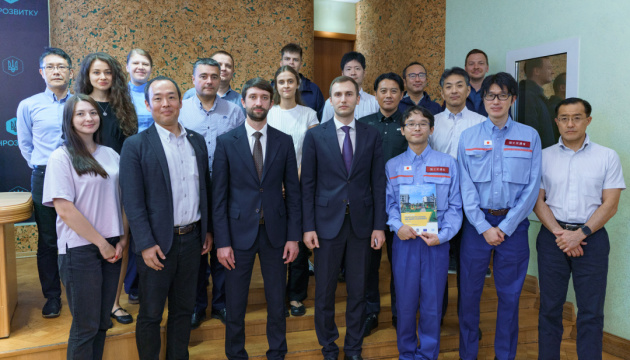

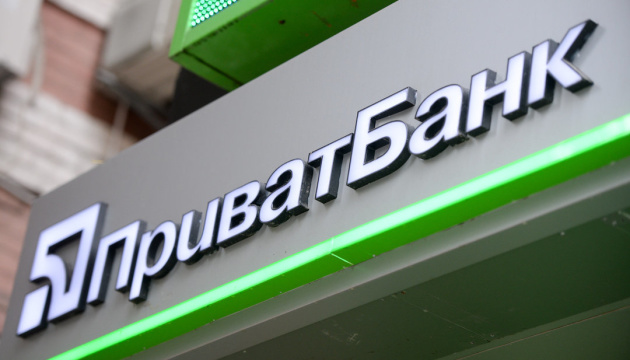

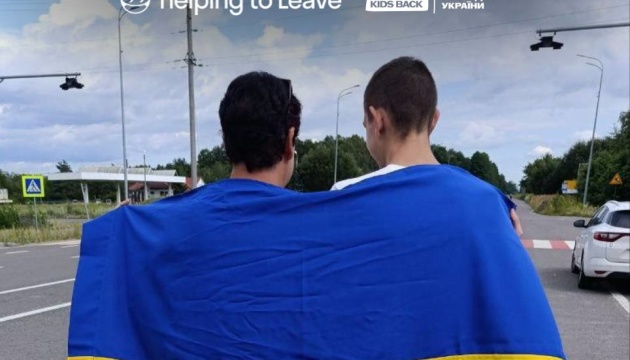

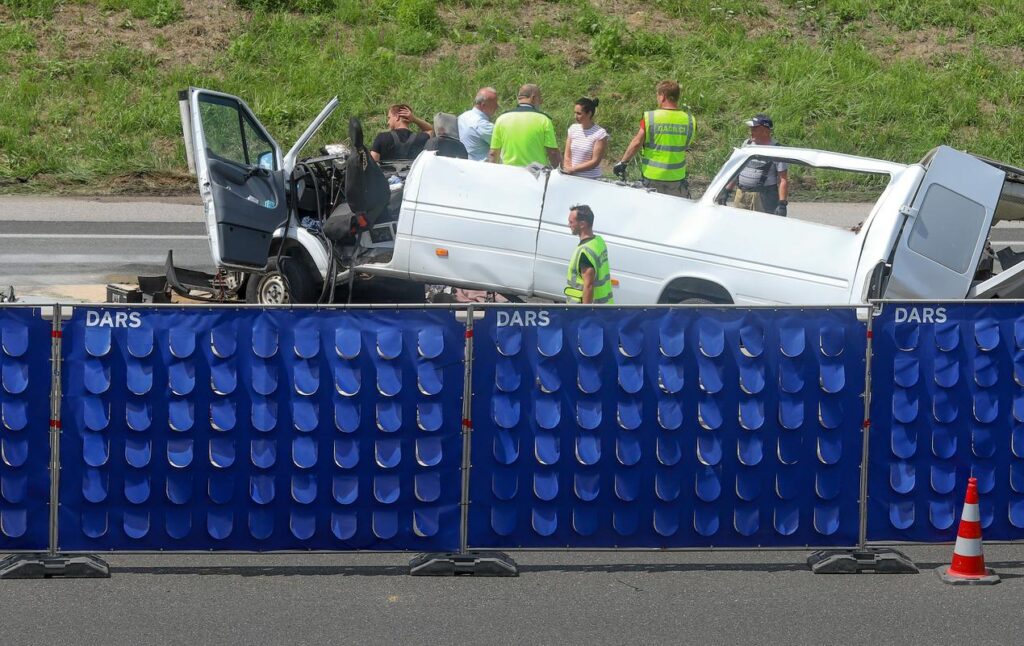

A fatal collision between a Ukrainian-driven van and a Russian-operated truck occurred early morning on 30 July near Slovene Konjice on the route toward Ljubljana, Slovenian broadcaster RTV SLO reported.
The van carried seven passengers when it struck the truck’s trailer, according to RTV SLO. Five occupants of the van died in the crash, while two injured passengers were transported to hospital. Emergency services airlifted one of the survivors.
Police identified four of the deceased as Ukrainian citizens, RTV SLO reported. One hospitalized passenger also holds Ukrainian citizenship, while authorities continue working to establish the identity of the second injured person.
The Ukrainian van driver sustained minor injuries in the collision, while the Russian truck driver remained unharmed, according to the broadcaster.
Police preliminary findings point to excessive speed as the cause of the accident. The highway remained closed for five hours following the crash.
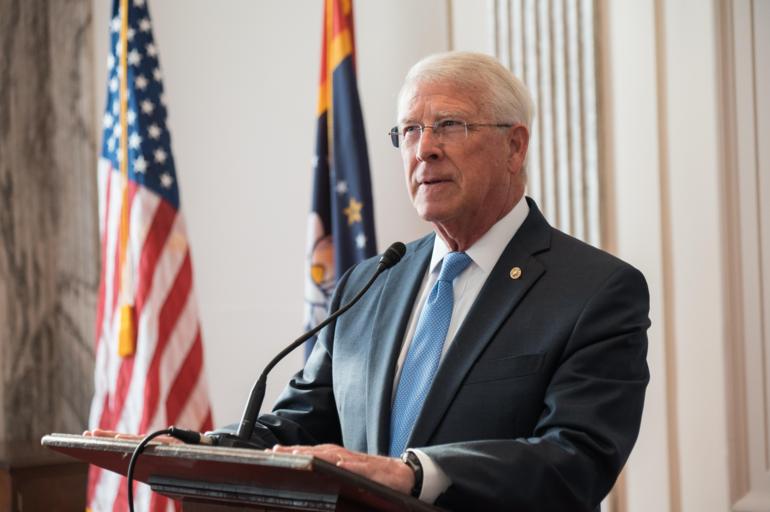

Two senior Senate Republicans have unveiled legislation that would enable European allies to finance US weapons donations to Ukraine, providing the most detailed framework yet for President Trump’s proposal to shift war funding to Europe, The Wall Street Journal reported on 30 July.
The Peace Act, proposed by Sens. Roger Wicker (R-Miss.) and Jim Risch (R-Idaho), would establish a Treasury fund to accept money from allies, allowing the Defense Secretary to pay contractors to replenish US stockpiles while continuing weapons shipments to Ukraine without compromising American military readiness, according to GOP aides familiar with the proposal.
The legislation aims to generate $5 billion to $8 billion annually, with Germany and the United Kingdom identified as likely contributors, the aides said.
“This is the fastest way to arm Ukraine as well as to minimize the strategic and military threat posed by Russia to the US and NATO,” Wicker said, according to the WSJ.
The proposal comes as Trump has grown increasingly frustrated with Russian President Vladimir Putin’s rejection of US-led cease-fire efforts. After initially giving Putin a 50-day deadline for a cease-fire, Trump moved that deadline up to 10 days on 28 July, threatening Russia and its trading partners with new tariffs and secondary sanctions if Moscow refuses to negotiate.
Wicker, who chairs the Senate Armed Services Committee, and Risch, who leads the Senate Foreign Relations Committee, have discussed the legislation with the White House, which has been “largely receptive to the idea,” aides said. The plan involves passing the measure later this year as part of the annual defense policy bill.
The mechanism would complement existing European payments to US contractors for new weapon production, which can take years to complete. The Peace Act would accelerate delivery by tapping existing US inventories, according to the WSJ report.
The US has provided nearly $66 billion in security assistance to Ukraine since Russia’s 2022 invasion, but the Republican-led Congress shows little appetite for authorizing additional foreign aid packages.
Trump has approximately $3.85 billion in previously authorized drawdown authority remaining, though he has not yet used this tool to send new arms packages to Ukraine. His administration continues delivering previously approved weapons packages from the Biden era, following a brief Pentagon pause in certain munitions earlier this month.
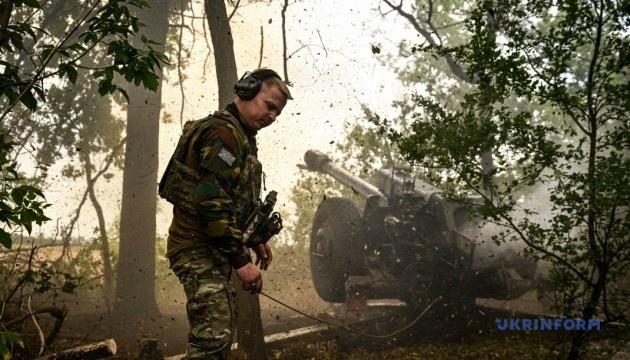



Ukraine is very close to obtaining its own ballistic missiles, Defense Minister Denis Shmygal said in his first interview since taking the position of Defense Minister, BBC Ukraine reported on 30 July.
“Ukraine’s president has already announced that Ukraine will have its own ballistics. We are very close to this. That’s basically all I can say publicly on this matter,” Shmyhal said during the interview.
The announcement comes after former Deputy Defense Minister Anatoliy Klochko said in June that Ukrainians would soon hear “more concrete statements” about Ukrainian ballistics, as the country had made “serious progress” on the issue.
The production of its own ballistic missiles is crucial for Ukraine to enhance its long-range strike potential, deter Russian aggression, and target deep Russian military infrastructure, thereby strengthening its security and defense amid ongoing war.
In his interview for BBC, Shmygal also outlined his vision for bringing Russia to genuine peace talks, emphasizing the need for dual pressure. “I would very much like our partners to help us create sufficient pressure on the Russian aggressor both on the battlefield and through sanctions, and bring them to the negotiating table,” he said.
The minister demonstrated his approach using two hands: “On one side, we must create pressure on the battlefield. There must be weapons supplies that will give us if not an advantage, then parity in this war. On the other side, there must be counter-pressure – sanctions that will financially bleed the enemy.”
“If these two factors are not present, then negotiations may continue, but more likely they will lead us and our partners in circles around this diplomatic negotiating table,” Shmygal said.
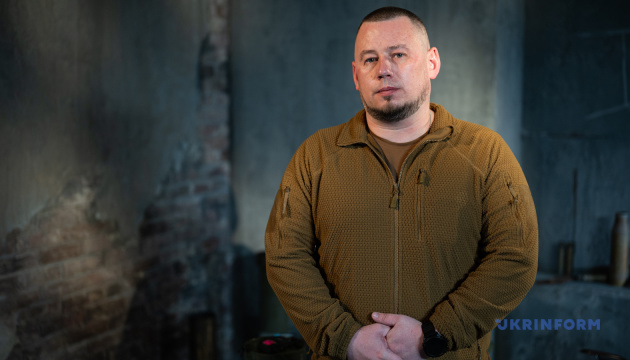

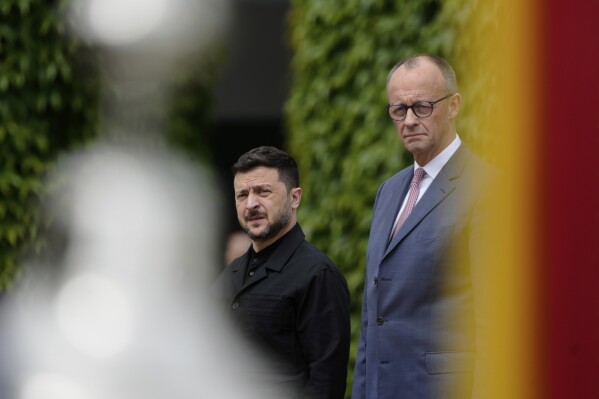

The German government approved on 30 July its draft budget for 2026 and medium-term financial planning through 2029, which includes increased support for Ukraine, European Pravda reported.
According to the report, the draft federal budget for 2026 envisions expenditures of approximately 520.5 billion euros—3.5% more than allocated in this year’s budget. Borrowing is projected at nearly 174.3 billion euros, representing a 31 billion euro increase from current levels.
Government investments will reach a record 126.7 billion euros in 2026, marking an 11 billion euro increase from this year. This unprecedented figure for Germany became possible partly due to relaxed debt rules.
The budget expansion extends to defense spending, which will surge from 62.4 billion euros to 82.7 billion euros in 2026—primarily driven by weapons and ammunition procurement funding. According to the medium-term budget plan, Germany’s defense expenditures will gradually increase through 2029, ultimately reaching NATO’s target of 3.5% of GDP.
The 2026 budget allocates approximately 8.5 billion euros in military aid to Ukraine.
Budget discussions in the Bundestag will begin at the end of September, with both chambers of the German parliament required to approve the budget by year’s end.
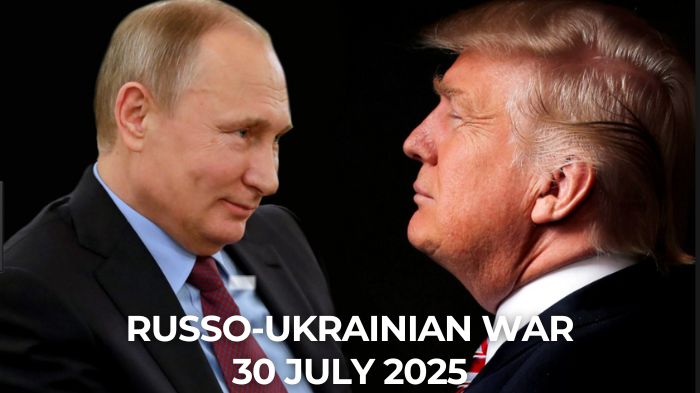

 |
Portugal sent Ukraine $ 250 million in military aid — the drones alone cost Russia $ 4 billion. Portugal nearly doubled its pledge to Ukraine, sending $250 million in 2024. Its Tekever drones alone have destroyed two Russian S‑400 air defense systems. |
 |
Social media’s invisible battlefield: Who decides what you see? (Viplikes’ Guide). What you see—and what you don’t—is shaped by a mix of corporate interests, political agendas, and opaque systems designed to keep you engaged |
 |
Tech innovation: How blockchain cloud mining is reshaping passive income in 2025. Blockchain-based cloud mining platforms are positioning themselves as a user-friendly alternative to traditional mining, which often requires expensive hardware, ongoing maintenance, and technical expertise |
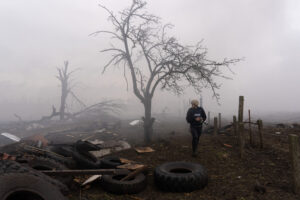 |
Ukrainian war documentaries Russia doesn’t want you to see. These films expose Russian war crimes and showcase Ukrainian resilience through stories of survival, volunteering, art creation amid destruction, and resistance that directly contradict Moscow’s propaganda about Ukraine. |
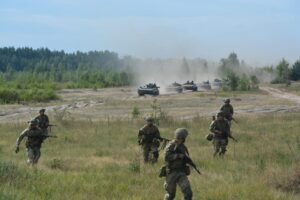 |
20,000 wrecked vehicles behind them, Russia’s last tanks crawl toward Siversk. A Russian tank column rolled into a bloody disaster outside Siversk in eastern Ukraine. But Moscow’s troops are still advancing. |
Ukraine destroys Russian electronic warfare hub in occupied area of Black Sea, sets up Ukrainian flag. Ukrainian special forces eliminated the entire Russian garrison, while not a single Ukrainian soldier was killed or injured in the nighttime assault.
Russian missile struck Ukrainian military training ground, killing three soldiers and wounding dozens. An investigative commission will examine whether command failures and safety protocol violations have contributed to the casualties.
As of 30 JUL 2025
, the approximate losses of weapons and military equipment of the Russian Armed Forces from the beginning of the invasion to the present day:
Ukrainian pilot instructor caught selling Western fighter jet secrets to Moscow. The arrested major served in an air brigade tasked with shooting down the same Russian drones and missiles his intelligence helped target Ukrainian airbases.
Massive data breach hits Russian authorities in occupied Crimea as Ukrainian intelligence downloads secret military files. Ukrainian cyber specialists downloaded 100TB of Russian military data from occupied Crimea before destroying the original files on government servers, according to intelligence sources cited by RBK-Ukraine.
Dozens of politicians boycott Russian sanctioned official invited speaking at conference in neutral Switzerland. Ukraine called Valentina Matvienko’s conference participation “disgraceful” and emphasized that she belongs behind bars and not at international events.
Europe can’t defend itself without Ukraine, Estonia’s NATO envoy warns. Estonia’s NATO ambassador Jüri Luik warns that without Ukraine’s military power, Europe cannot contain the Russian threat or build a defense independent of US support.
Frontline report: Trump unleashes economic war on Brazil to cripple Russian anti-Western BRICS alliance. The US experiments with attacking Russia’s most vulnerable ally first, testing whether economic pressure on BRICS members can isolate Moscow without direct confrontation.
Humanitarian and social impact
Russian daily terror of civilians in Ukraine continues: five injured and extensive damage
. Three people were injured in Kharkiv as the drone debris landed on residential areas.
Ukraine’s government again fails to appoint head of Bureau of Economic Security. Ukraine faces missing a crucial International Monetary Fund benchmark as the Cabinet of Ministers refused for the 2nd time to appoint Oleksandr Tsyvinsky as head of the Bureau of Economic Security
Rada Committee backs Zelenskyy’s NABU independence u-turn after mass protests. Ukrainian MPs voted to restore independence to the country’s main anti-corruption agencies, just nine days after President Zelenskyy signed legislation that sparked mass protests across the country.
US senator: Stop giving Putin extra time, vote on 500% sanctions now. Democratic Senator Richard Blumenthal pushes for 500% tariffs on Russian oil buyers, including China and India, while President Trump proposes lower 100% tariffs.
ISW: Putin allies dismiss Trump tariff threat, vow to continue Ukraine war. The Kremlin told President Trump that Russia will determine the timing of peace negotiations, not Washington, after Trump shortened his Ukraine war ultimatum from 50 days to 10 days with threats of new tariffs.
EU threatens to withhold $3.3 billion over Ukraine’s failure to reform another anti-corruption agency. The intertwined challenges of anti-corruption scandals and stalled reforms place Ukraine’s international support at a critical crossroads.
You could close this page. Or you could join our community and help us produce more materials like this.
We keep our reporting open and accessible to everyone because we believe in the power of free information. This is why our small, cost-effective team depends on the support of readers like you to bring deliver timely news, quality analysis, and on-the-ground reports about Russia's war against Ukraine and Ukraine's struggle to build a democratic society.
Become a patron or see other ways to support.
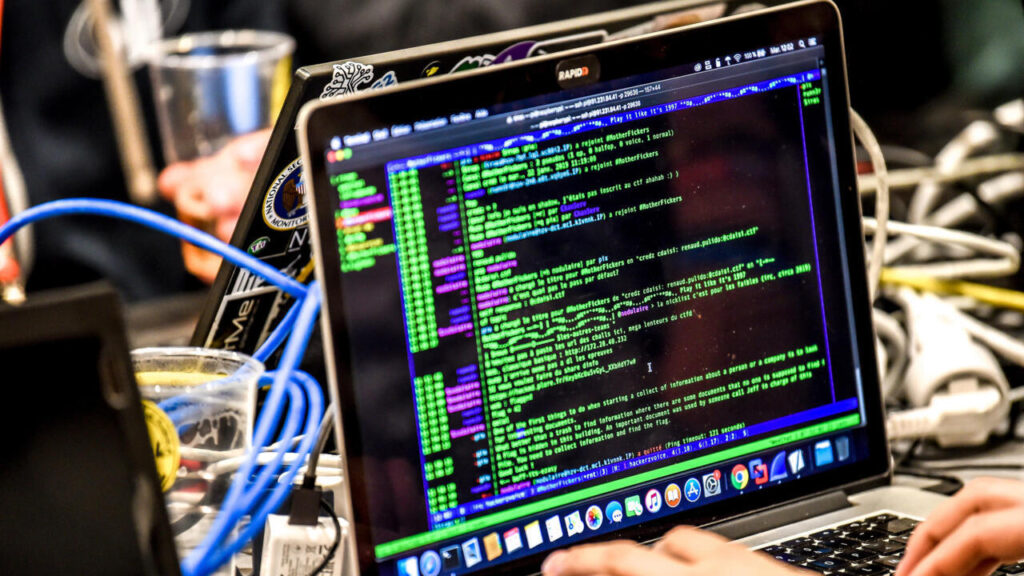

Russian service sector companies faced another wave of technical disruptions, with the Vkusvill supermarket chain’s website and mobile application ceasing operations, The Moscow Times reported on 30 July
The majority of complaints came from Moscow, the Moscow Oblast, and St. Petersburg. The company confirmed it experienced “a local internal failure” but ruled out a cyberattack, sying that “there are no configuration changes, suspicious logins, or data leaks.” Vkusvill did not specify what caused the technical problems but added that the failure did not affect offline store operations.
Simultaneously, the Samokat delivery service stopped functioning. The application indicated that “the failure will be resolved soon” without providing details about the causes.
Additionally, hackers attacked the Dobrocen discount chain network. The company was forced to suspend operations at distribution centers and all five offices in Moscow, St. Petersburg, Yekaterinburg, and Samara.
Dobrocen reported that its server was paralyzed, the official website would not open, and computers either failed to start or froze during endless updates. The attack is linked to the presence of network stores in occupied Ukrainian territories – in the “DNR,” “LNR,” and Crimea. Restoring IT infrastructure reportedly may take a week.
The previous day, on 29 July, the Neopharm and Stolichki pharmacy chains halted operations due to hacker attacks.
However, the most large-scale cyberattack targeted Aeroflot on 28 July. Hackers from the “Cyberpartisans” and Silent Crow groups breached the national carrier’s systems, destroying 7,000 servers and provoking a new collapse at Moscow airports. More than 100 flights were canceled, causing the airline to lose at least 250 million rubles in a single day. Cancellations continued on 29 July. Russia’s Prosecutor General’s Office confirmed the disruption was caused by a cyberattack.
The “Cyberpartisans” claimed that Aeroflot’s system ran on outdated Windows XP and Windows 2003, and that company CEO Sergey Aleksandrovsky had not changed his password since 2022. According to the hackers, the total volume of the data leak was 20 TB.


Demonstrators gathered on the evening of 30 July in six Ukrainian cities calling on authorities to approve a draft law strengthening the powers of the National Anti-Corruption Bureau (NABU) and the Specialized Anti-Corruption Prosecutor’s Office (SAPO).
The protests come after the parliamentary committee on law enforcement unanimously supported earlier on 30 July President Zelenskyy’s draft law №13533 on restoring the powers of the NABU and SAPO.
People assembled in Kyiv despite inclement weather. Protesters chanted “Power belongs to the people,” “Corruption kills,” and “Hands off NABU,” while also singing the national anthem.
People’s Deputy Yaroslav Zheleznyak joined demonstrators, saying journalists that he has no doubt the Verkhovna Rada (Ukraine’s Parliament) will pass presidential draft law #13533 on 31 July.
“One should expect the adoption of the law by which President Zelenskyy, together with the coalition, will heroically, powerfully and unstoppably fix everything that they so heroically, powerfully and unstoppably created on 22 July,” Zheleznyak responded with irony.
In Zaporizhzhia, people gathered near the regional administration building holding themed posters and chanting “Cancel,” “Our voice is stronger,” “We stand for democracy,” and “Hands off NABU,” according to correspondents.
Radio Svoboda reports that nearly 200 protesters assembled in Kharkiv, chanting “Corruption kills,” “Ukraine’s power belongs to the people,” and “Hands off NABU.” Similar demonstrations took place in Lviv, Dnipro, and Odesa.
The protests follow the parliamentary committee on law enforcement unanimously supporting presidential draft law #13533, which would restore powers to anti-corruption agencies that were previously removed.
On 22 July, the Verkhovna Rada passed law #12414 with amendments to the Criminal Procedure Code that made NABU and SAPO dependent on decisions by the prosecutor general. President Zelenskyy signed the legislation that same evening, prompting protests across multiple Ukrainian cities.
Following the backlash, Zelenskyy submitted a new draft law to parliament that he said would ensure “strength to the law enforcement system” while preserving “all norms for the independence of anti-corruption institutions.”
The National Anti-Corruption Bureau reproted that Zelenskyy’s draft law would restore all powers and independence guarantees for NABU and SAPO.
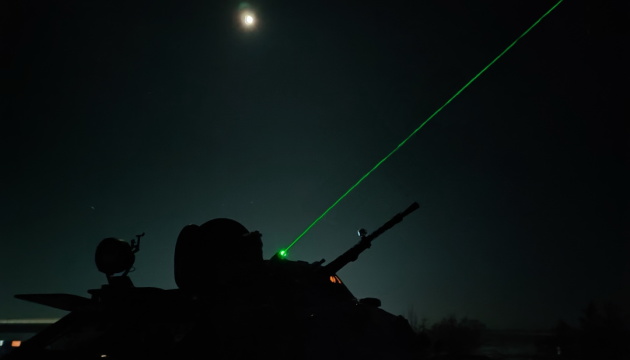



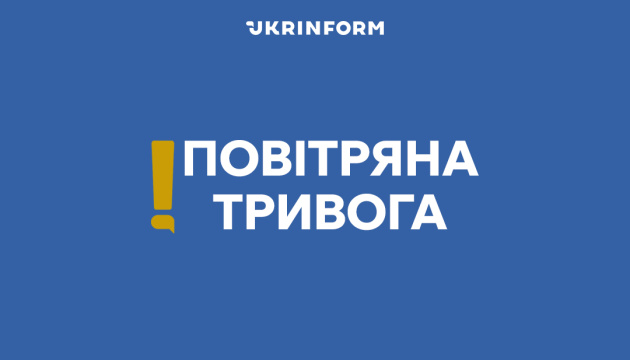

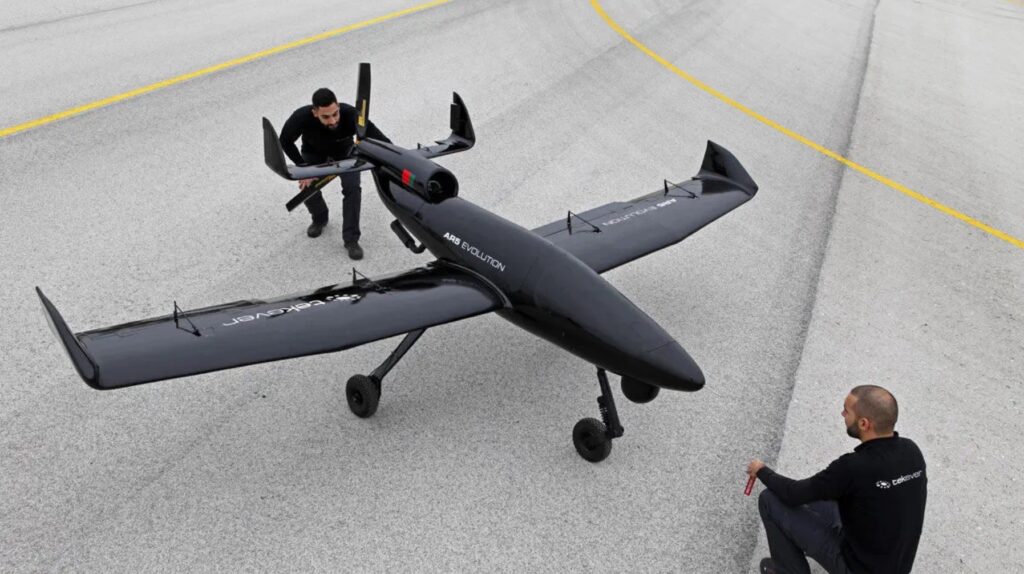

Portugal is the most geographically distant EU country from Ukraine, yet in the past year, it has become a steady partner. On 28 May 2024, the two nations signed a bilateral Security Cooperation Agreement, outlining how Portugal would support Ukraine in resisting Russian aggression and rebuilding after the war. This pact was the 12th in a series of bilateral agreements Ukraine began concluding in early 2024.
That series grew out of the G7 Joint Declaration of Support of 2023. By July 2025, Ukraine had signed 29 such agreements — 27 with G7‑aligned or European partners, one with the EU, and one with Croatia — all aimed at long‑term security cooperation. Some commitments come directly from Portugal, while others are delivered through EU-wide programs that Portugal supports collectively.
The agreement with Portugal is broad, extending far beyond the battlefield. It includes support for weapons and training, strengthening Ukraine’s defense industry, sanctioning Russia and using frozen Russian assets, humanitarian aid, and work to hold Moscow’s leadership accountable.
In collaboration with the Dnistrianskyi Center, Euromaidan Press presents this English-language adaptation of Dariia Cherniavska’s analysis on Portugal’s role in Ukraine’s defense, recovery, and pursuit of justice.
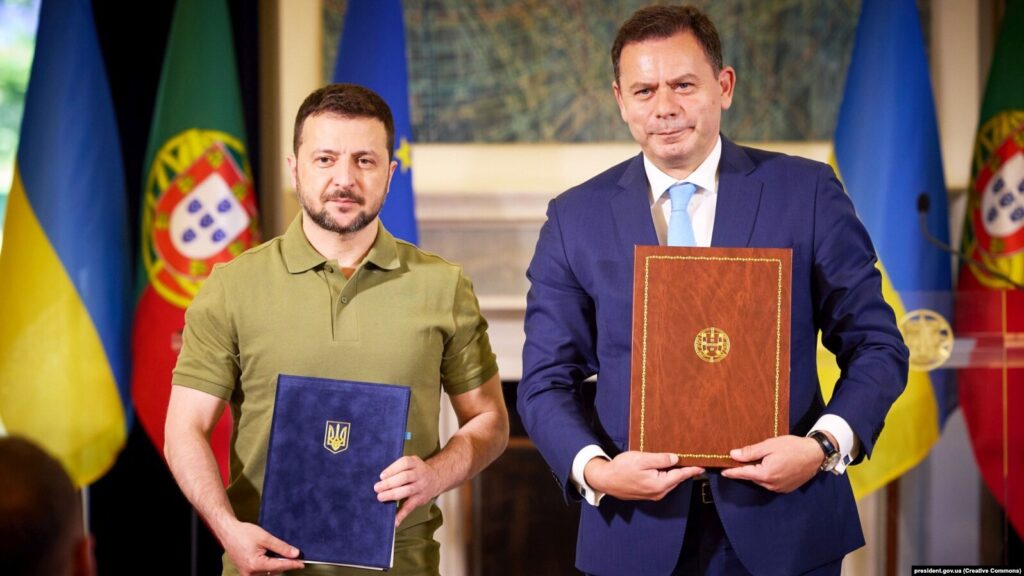
At the time of signing, Portugal pledged at least €126 million in military aid for 2024, aimed at strengthening Ukraine’s air and naval capabilities. Beyond this financial support, the agreement also envisaged:
In essence, it laid out a ten-point roadmap that blends military, political, and humanitarian support.
The first year proved that this partnership is much more than a statement. Portugal overdelivered on its military commitments while also supporting Ukraine’s defense production, reconstruction, and the pursuit of justice.

Instead of the pledged €126 million, Portugal allocated €226 million to Ukraine in 2024. Early in the year, €100 million went to the Czech-led procurement of 155mm artillery shells, while €52 million funded drone production for Ukraine through the Drone Coalition.
Equipment followed as well. In September 2024, Ukraine received six Ka‑32 helicopters for transport and search-and-rescue missions. At the end of the year, eight SA‑330 Puma helicopters arrived, equipped with systems that allow them to launch Exocet anti-ship missiles.
Earlier contributions included M113 armored vehicles, three Leopard 2A6 tanks, five medical vehicles, 105mm howitzers, and ammunition. For 2025, Portugal has already pledged another €220 million.
Since 2022, Portugal has also joined three multinational “capability coalitions”—on armored vehicles, aviation, and naval power—each aimed at strengthening Ukraine’s defenses. Unlike many partners, however, it has not joined the IT Coalition (IT, communications, cybersecurity) or the Demining Coalition, which is the largest by number of participants.
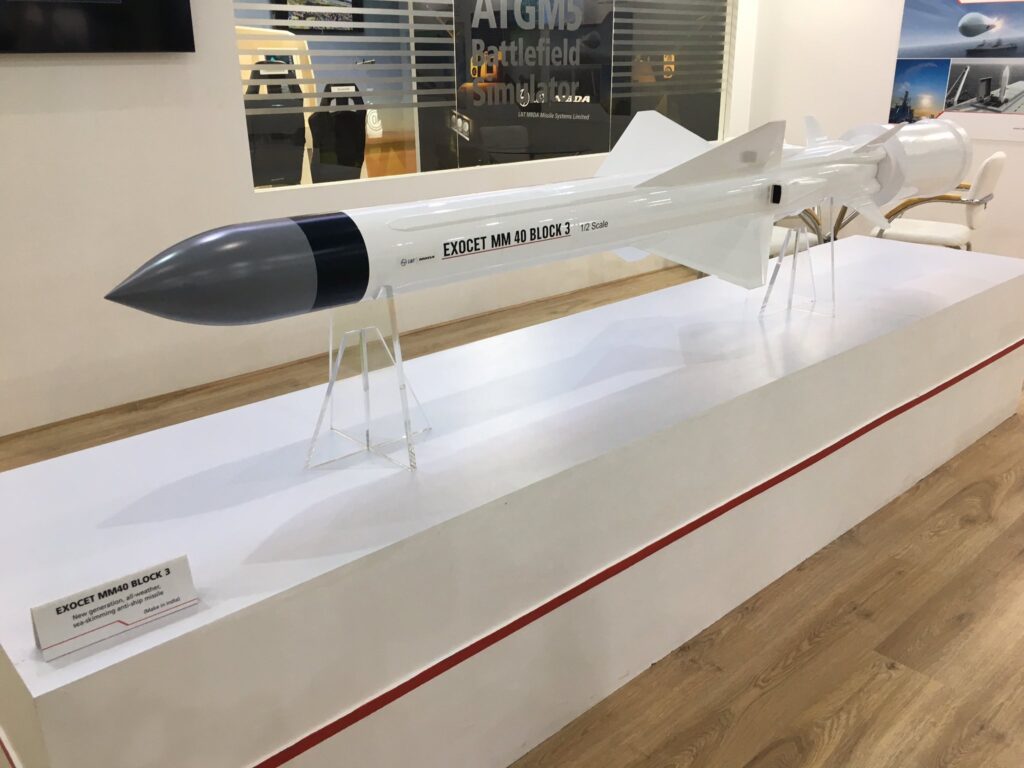
Since 2022, Ukraine has worked closely with Tekever, a Portuguese company producing AR3 and AR5 reconnaissance drones. The AR5 model can fly longer and carry up to 50 kg of payload. These drones have already caused over $4 billion in losses to Russian forces, including the destruction of two S‑400 systems.
In April 2025, Tekever announced the opening of an office in Ukraine to speed up drone servicing and operator training.
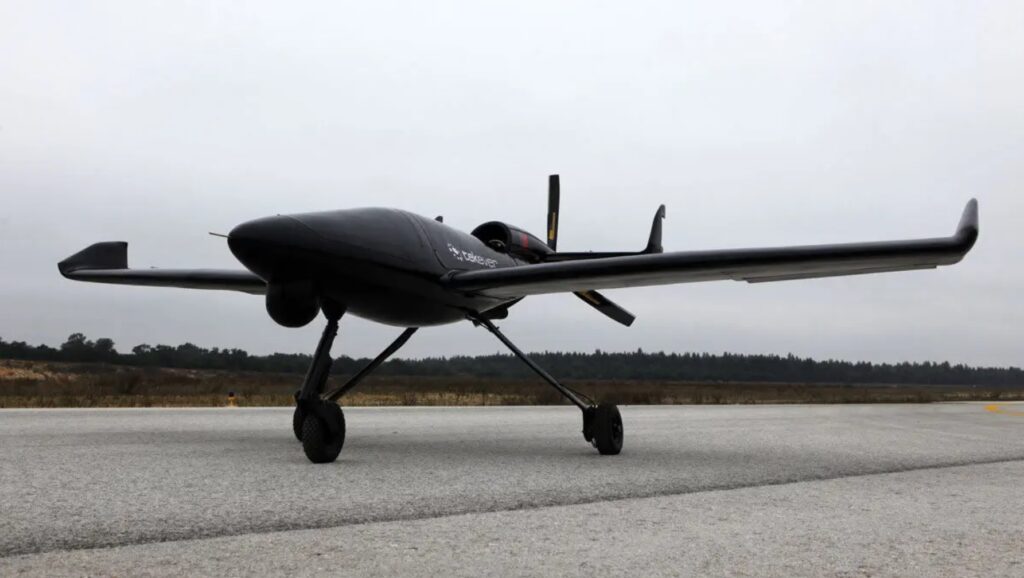
Portugal also supports the EU plan to direct profits from frozen Russian assets to Ukraine. These ERA funds are EU-level resources, not Portugal’s national budget, but Portugal backed these measures as part of the collective effort.
The first €1.5 billion tranche arrived in mid‑2024, funding air defense, ammunition, and defense-industry investment.
By May 2025, €6 billion had been transferred through the ERA program. On 9 May 2025, in Lviv, EU leaders committed an additional €1 billion, part of a €1.9 billion package for weapons, artillery, and air defense.
In total, €35 billion is expected to be delivered during 2025 under ERA and the Ukraine Facility, with Portugal participating in these collective decisions.
Portugal contributes actively to the EUMAM mission, which has trained over 75,000 Ukrainian soldiers since 2022.
The country also belongs to an 11-country coalition preparing Ukrainian pilots and crews for F‑16 fighter jets, with Norwegian instructors conducting the training on Portuguese Air Force bases.
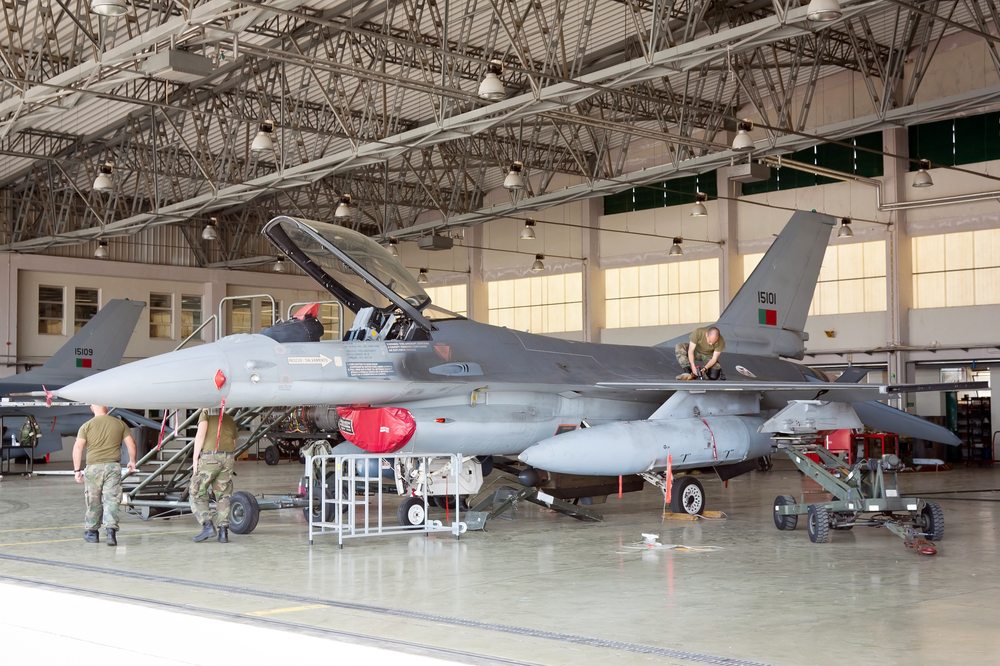
In the year following May 2024, the EU adopted four new sanctions packages, all backed by Portugal. These measures targeted Russia’s military and energy industries, over 340 shadow fleet ships, propaganda outlets, and senior officials, including those linked to the bombing of the Okhmatdyt children’s hospital in Kyiv.
They also extended restrictions to countries helping Russia evade sanctions or supplying drones and missiles, including China, North Korea, India, the UAE, Singapore, Uzbekistan, Iran, Türkiye, Kazakhstan, and Serbia.
Portugal has also helped Ukraine on humanitarian and reconstruction fronts.
Since 2023, it has contributed €7 million to the Grain from Ukraine Initiative to stabilize the global food supply. Economic ties have also grown through Portugal’s AICEP agency, which in 2024 ran programs to attract investment and support Ukrainian business.
In November 2024, at the third Joint Economic Cooperation Commission, both sides agreed to expand trade and involve Portuguese companies in rebuilding efforts.
Portugal is already involved in rebuilding schools in Zhytomyr, including School No. 25 destroyed in 2022, and in 2024 invested €160,000 to create Superhero Schools in Chernihiv and Cherkasy, allowing hospitalized children to continue their education.
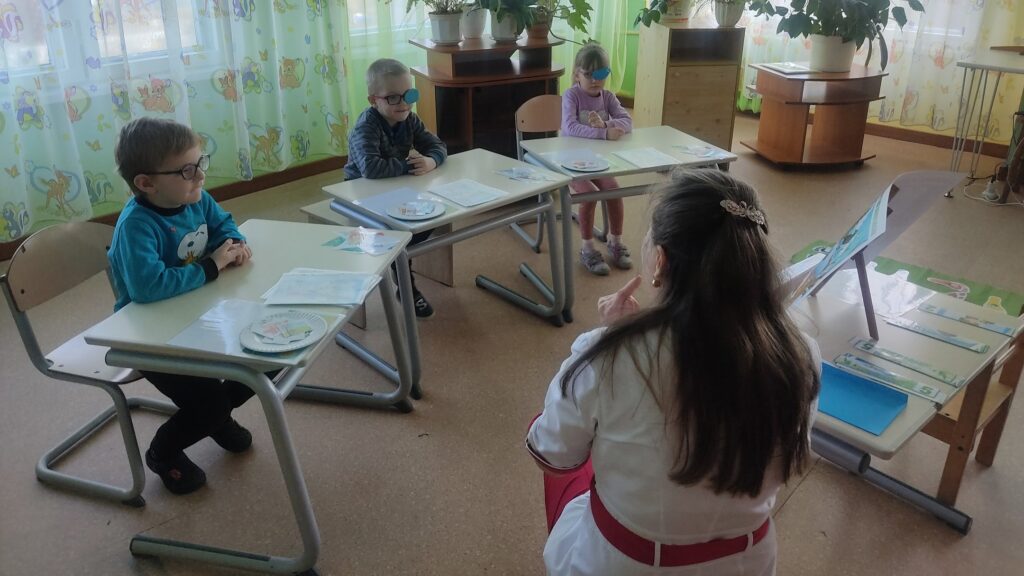
Portugal is part of the Coalition for a Special Tribunal on the Crime of Aggression, which finalized draft statutes in May 2025 for a tribunal in The Hague. In June 2025, Ukraine and the Council of Europe signed an agreement to formally establish this Special Tribunal. Once it begins work in 2026, the tribunal will be able to prosecute 20–30 senior Russian and Belarusian leaders—including Vladimir Putin—even in absentia.
Portugal also participates in the International Coalition for the Return of Ukrainian Children, which in 2024 helped return almost 600 deported children. And in 2023, it contributed €75,000 to the International Criminal Court and sent an expert to help gather evidence of war crimes.
One year on, the Portugal–Ukraine security agreement has grown into a partnership that reaches well beyond geography. Portugal may be Europe’s far west, but its support—especially in military aid, training, sanctions, and justice—has brought it close as a committed ally.




